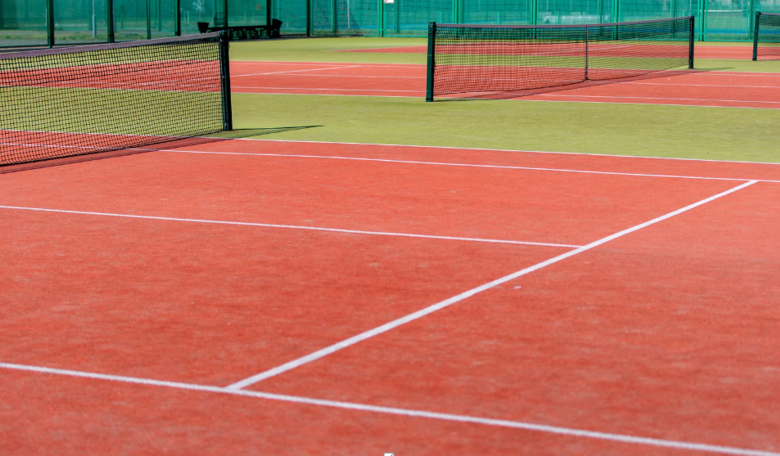Understanding the Causes of Tennis Court Cracks & What to Do?

Tennis courts are designed for durability, but over time, surface cracks become a common issue that can compromise both safety and playing quality. These cracks can stem from multiple factors, including soil shifts and varying weather conditions. Left unaddressed, they may expand, making the court unsafe and expensive to maintain. Early detection and timely intervention are crucial in ensuring that your court remains playable for years to come. Professional services for tennis court repair in Hilton Head provide the expertise needed to handle these issues effectively and extend the court’s life.
Common Causes of Tennis Court Cracks
The primary culprit behind tennis court cracks is ground movement. Natural soil settlement and shifts create pressure beneath the surface, leading to visible cracks. In areas with fluctuating weather, temperature changes also play a significant role. Expansion during hot weather and contraction during cooler periods cause the materials to weaken, making the surface more prone to damage.
Water intrusion is another contributing factor. Poor drainage or consistent pooling of water weakens the court foundation over time. In regions prone to heavy rainfall, moisture seeps into small crevices and eventually forces the cracks to widen. Without proper sealing and repair, these small cracks quickly escalate into structural damage.
Identifying Early Warning Signs
Before cracks become extensive, there are often subtle indicators. Minor hairline cracks across the surface, slight unevenness, or areas where water does not drain properly should raise concern. Regular inspections can help catch these problems early. By addressing them promptly, property owners reduce the risk of costly reconstruction.
Why Professional Repair Is Essential
Attempting to fix cracks without expert intervention often yields temporary solutions that fail to address the underlying cause. Understanding the difference between professional vs DIY tennis court crack repair highlights how experts bring the necessary tools, materials, and knowledge for long-term results. Professional repair services not only seal visible cracks but also address underlying soil or drainage issues that cause them, ensuring durability and playability.
Considering Full Rebuild vs. Repair
Not all cracks require a complete rebuild. Some can be effectively repaired with specialized techniques, while others may indicate that the court structure has reached the end of its lifespan. Knowing how to decide between tennis court construction, repair, and a complete rebuild can help property owners make cost-effective choices. Professionals can assess the extent of damage and recommend whether resurfacing, crack filling, or reconstruction is the best course of action.
See also: What is a Fault in Pickleball? 10 Common Violations Explained
Long-Term Maintenance Strategies
Prevention is just as important as repair. Regular maintenance, including resurfacing every few years, ensures the court remains in optimal condition. Proper drainage systems should be installed to minimize water damage. Applying protective coatings also shields the surface from weather-related wear and tear. Scheduling periodic evaluations with professionals can help catch problems before they escalate, saving time and money in the long run.
Conclusion
Tennis court cracks are inevitable, but their impact can be minimized with the right approach. Factors like soil shifts, temperature changes, and water intrusion are leading causes, but timely action makes all the difference. Professional services ensure cracks are properly assessed and repaired, preventing further deterioration. Whether repair or reconstruction is needed, proactive care guarantees safe, durable, and high-performing courts that players can enjoy for years.

